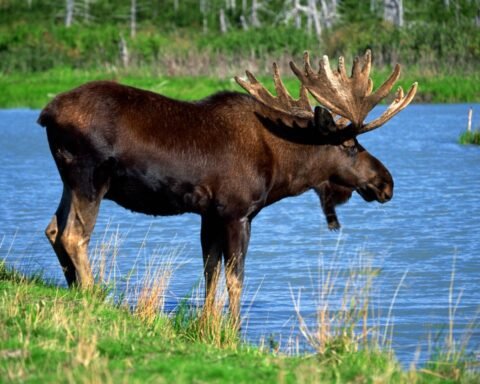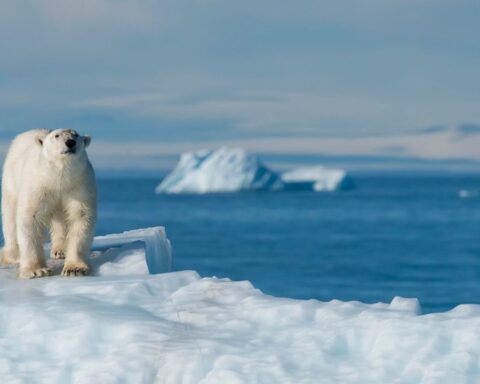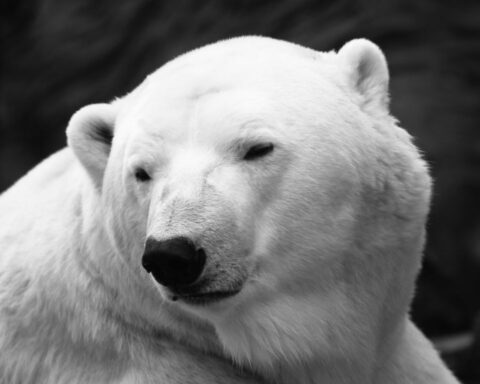The grizzly bear is one of the most iconic and impressive animals in North America. Known for its massive size, sharp claws,
Read More »Red foxes are an iconic species found across much of the Northern Hemisphere, from North America to Europe and Asia. Over time,
Read More »Dolphins are some of the most fascinating creatures in the ocean, with a wide range of adaptations that allow them to survive
Read More »Camels are remarkable creatures that have evolved a unique set of behavioral, structural, and physiological adaptations to thrive in the harsh desert
Read More »What Do Walruses Eat – Walrus Diet
Walruses are iconic marine mammals that captivate our imagination with their unique appearance and fascinating behavior. Found in the cold waters of
Read More »Where Do Grizzly Bears Live : Exploring Their Habitat, Distribution, and Conservation Efforts
The grizzly bear, an iconic symbol of North America’s wild landscapes, has long captured the imagination of nature enthusiasts and conservationists alike.
Read More »The kangaroo rat (Dipodomys spp.) is a small rodent native to the arid regions of North America. These fascinating creatures have developed
Read More »Moose are one of the most iconic and fascinating animals of the northern regions of the world. These majestic animals with their
Read More »Arctic foxes(Vulpes lagopus) is a small fox native to arctic regions of the northern hemisphere. It is well adapted to living in
Read More »Where Do Polar Bears Live – Polar Bear Habitat
We often hear and read that the polar bear population is threatened due to climate change which has caused sea ice levels
Read More »Polar bears (Ursus maritimus) are the largest land carnivores in the world, and they are found throughout the Arctic region. These majestic
Read More »What Do Polar Bears Eat – Polar Bears Diet
Polar bears are carnivorous animals and primarily eat meat. Their diet primarily consists of ringed and bearded seals, but they also eat
Read More »











